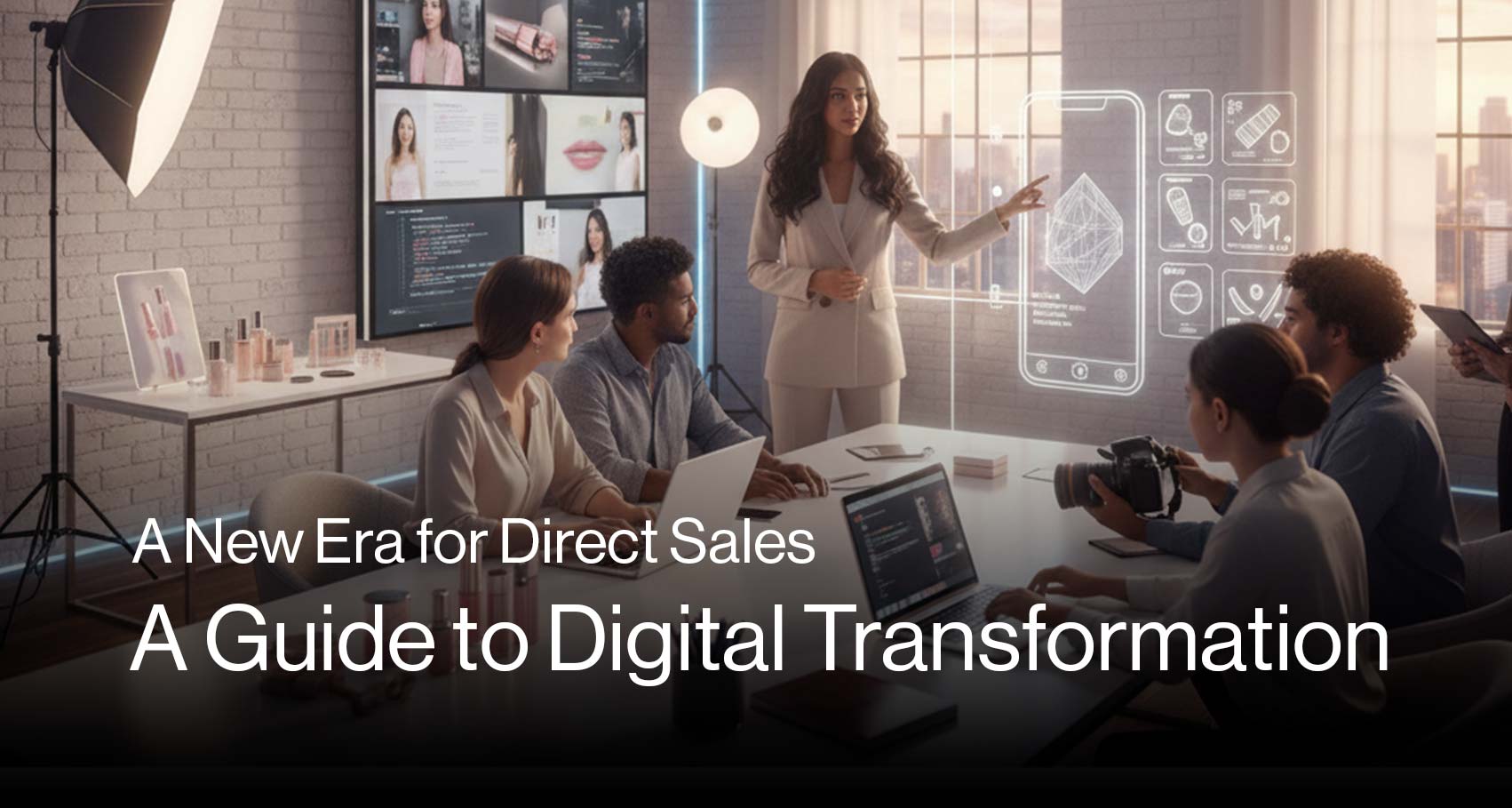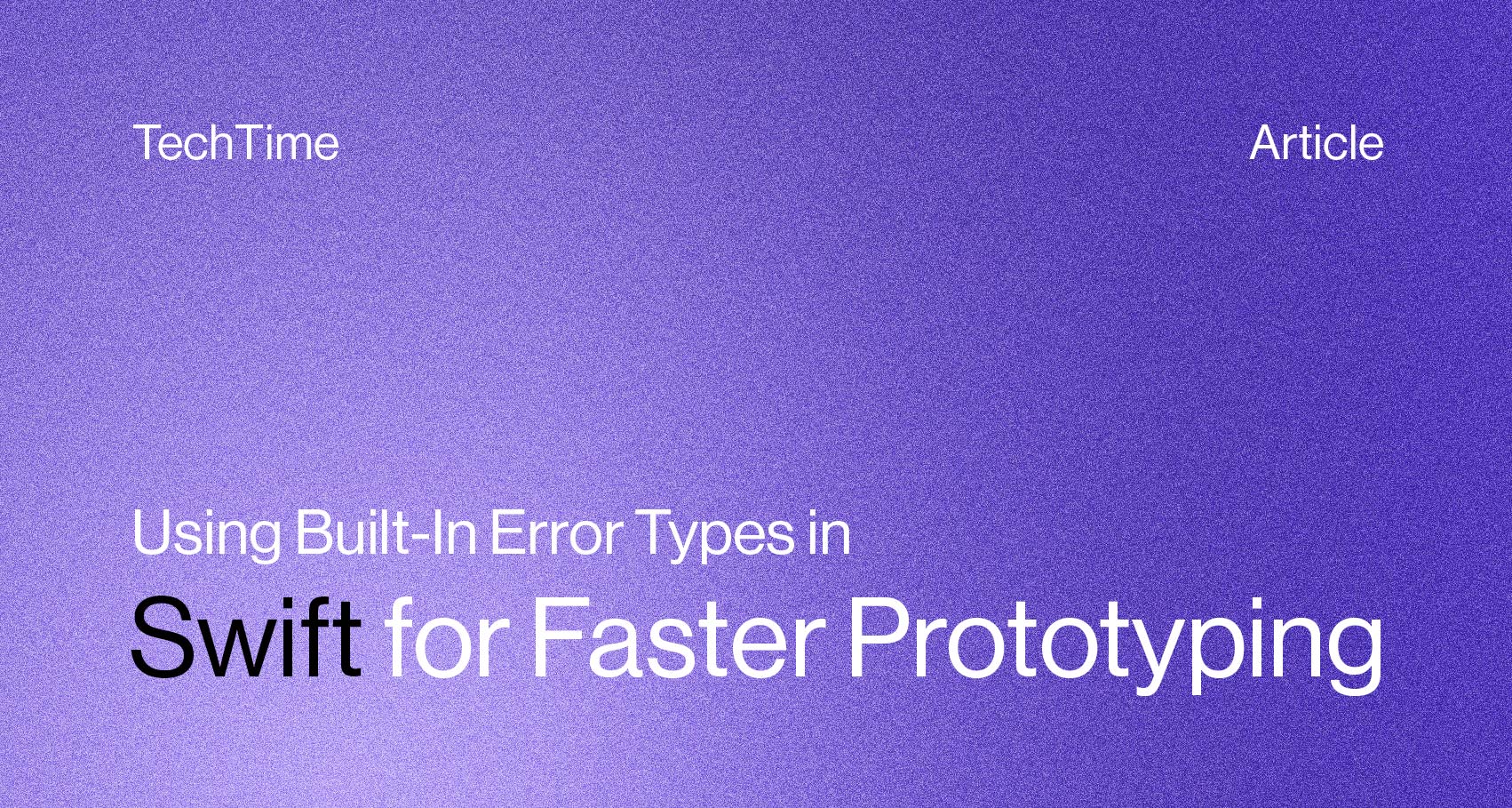
A Digital Crisis or a Huge Opportunity?
In every interaction, human relationships are essential. Community and belonging are everything. Technology, particularly digital platforms and social media, has transformed how we connect, find, shop, and live our lives. Companies adapted and learned to build and maintain their communities, offline and online. Through social networks, companies organize interactive contests, Q&A sessions, and product giveaways, which stimulate active engagement from customers and distributors while increasing the sense of belonging. Events and conferences are promoted and made accessible online, allowing participants to feel connected and actively participate through live posts and digital interactions.
Technology adds meaning, not complexity, to every selling experience, reimagining it as a smarter, more intuitive experience. Direct sales companies, as most effective platforms already do, need to seamlessly blend social engagement tools with streamlined commerce capabilities, enabling distributors to build genuine relationships while simplifying the buying journey.
The companies showing momentum are relentlessly customer-centric and equip their field with smart, intuitive digital tools. The ones that continue to struggle or stagnate rely on outdated methods and tired strategies, says Stuart Johnson in his comprehensive analysis of the direct selling industry's evolution in 2025.
The Hard Truth About Digital Transformation
The world is changing fast, yet research shows that 84% of digital transformation initiatives fail to meet their objectives. Even more concerning, only 35% of businesses accomplish their digital transformation objectives, and only 20% achieve more than three-quarters of their anticipated revenue gains.
For direct sales companies, these statistics are particularly devastating because digital transformation isn't optional. It's survival. The companies that will thrive are those that can strike a balance between high-tech capabilities and high-touch relationships.
According to DSN, customer loyalty has found its new home in mobile apps, where brands transform smartphones into commitment-driving engines. Companies are creating individualized, worthwhile mobile experiences that ensure customers return again and again.
The 5 Core Challenges
1. The "Too Big, Too Fast" Mindset (And the Leaders Who Avoid It)
Building something to be everything for everyone is exhausting and a complete utopia. Most direct sales companies approaching digital transformation try to revolutionize everything simultaneously: complete platform overhauls, complex distributor management systems, advanced AI integration, multi-channel e-commerce platforms, while simultaneously launching feature-bloated mobile apps and website redesigns that attempt to be everything to everyone.
However, industry leaders are recognizing this expensive trap. They understand that a scattered, "everything-at-once" approach dilutes focus and delays value. Jeannie Lauren Chapman, founder and CEO of Beauty Society, spent 20 years building her company, and when the time came for a digital partner, she wasn't looking for a costly, simultaneous overhaul. She was looking for precision and a proven process to solve core problems first.
She wanted a tech partner able to understand, design, and build digital products: "SHIFT found the pain points we've had over the last couple of years. Processing digital orders, working with our customers, working with our distributors, new product launches, getting the word out there, enhancing our experience so that each and every customer that goes to our website, that downloads our app, that looks at us on socials, sees the greatest part of Beauty Society."
Rome wasn't built in a day. Great projects need a clear vision and a realistic roadmap towards success. Overreaching, building something too complicated from the start, and unrealistic planning are leading to the first fatal flaw.
Tip: Start small and focused. You can't revolutionize everything at once.
2. Building for the Boardroom, Not the User
The foundation of direct selling has always been genuine human relationships. Historically, the direct sales space has been, and always will be, a personal experience. The business is its people and people are its customers. There is no going around that principle. Think Tupperware parties in suburban living rooms or door-to-door makeup sales. Yet many digital initiatives focus purely on technology while neglecting the human element that makes direct sales successful.
41% of organizations invest in digital transformation without properly researching their customers' needs. They build what sounds good in boardrooms rather than what works in living rooms.
Tip: Research. Repeat.
3. Hung up on systems that don't fit real workflows
A third of organizations struggle to move away from outdated technology and processes. Direct sales companies often have decades-old commission structures, inventory systems, and relationship management processes that resist integration with modern digital solutions.
76% of sales leaders claim their teams never use the majority of digital features supplied. This isn't just resistance to change. It's systems that don't fit real workflows.
Tip: Identify the most critical pain points first and ensure any new digital solutions are designed around actual user workflows.
4. Cultural Resistance
Many direct sales companies struggle with risk-averse cultures that hinder progress and slow down innovation. This resistance is particularly pronounced in this line of business, as distributors and sales representatives often prefer straightforward, time-tested approaches over complex new technologies.
Tip: Communication is everything, so invest your efforts into building trust. involve key stakeholders in the design process
5. Lack of Strategic Vision and Measurable Goals
Only 21% of organizations state that the entire C-Suite holds responsibility for overseeing digital transformation initiatives. Without clear leadership alignment and specific, measurable objectives, digital transformation efforts become expensive experiments rather than strategic investments. Traditional direct sales has had many evolutions over the years. All of the brands that grew during those times and really got big were the ones that took advantage of and leveraged all of those new communications methods as soon as they were available, says Joel Rottman, President of Beauty Society.
Tip: Without a clear roadmap, jumping headfirst into digital actions causes one or another kind of failure.
Why MVP Works for Direct Sales
The Minimum Viable Product approach offers a fundamentally different strategy. The MVP is defined as the version of a new product that allows a team to collect the maximum amount of validated learning about customers with the least effort.
This methodology focuses on rapid delivery of workable solutions that provide immediate business value while enabling continuous improvement based on real user feedback.
In an industry where personal relationships drive success, direct sales companies face a unique challenge: how to embrace innovation without losing the human touch that defines their success. The answer lies in a proven approach that's revolutionizing how businesses build technology: the Minimum Viable Product strategy.
Think Big, Start Small
The MVP approach offers direct sales companies a way to navigate uncertainty with confidence, allowing them to validate ideas in the real world while significantly reducing development costs. This measured approach transforms what could be a costly gamble into a strategic learning opportunity, allowing businesses to deliver solutions that genuinely solve problems rather than creating new ones.
Use Time in Your Favor
In the rapidly evolving direct sales landscape, timing can make the difference between market leadership and playing catch-up. MVP development enables companies to enter the market swiftly, attracting early adopters who become advocates for the platform. This quick market entry establishes crucial momentum, creating a competitive advantage that compounds over time as the product evolves based on real user feedback.
Build Something That Actually Works
Instead of building based on assumptions about what distributors need, companies can address genuine pain points discovered through direct interaction with their users. This user-centric approach ensures that technology enhances rather than complicates the selling experience.
Beauty Society exemplifies this progression perfectly. Their initial MVP focused on solving core distributor pain points, but once validated, they've been able to systematically scale these solutions across their entire network, creating a ripple effect of improved experiences and increased distributor satisfaction.
In direct sales, relationships are everything. The right digital tools don't replace those relationships. They amplify them. The MVP approach ensures you build technology that serves your people, not the other way around.
Ready to Build What Actually Works?
If you are ready to build an MVP that solves real problems and amplifies distributor success, get in touch with us!




